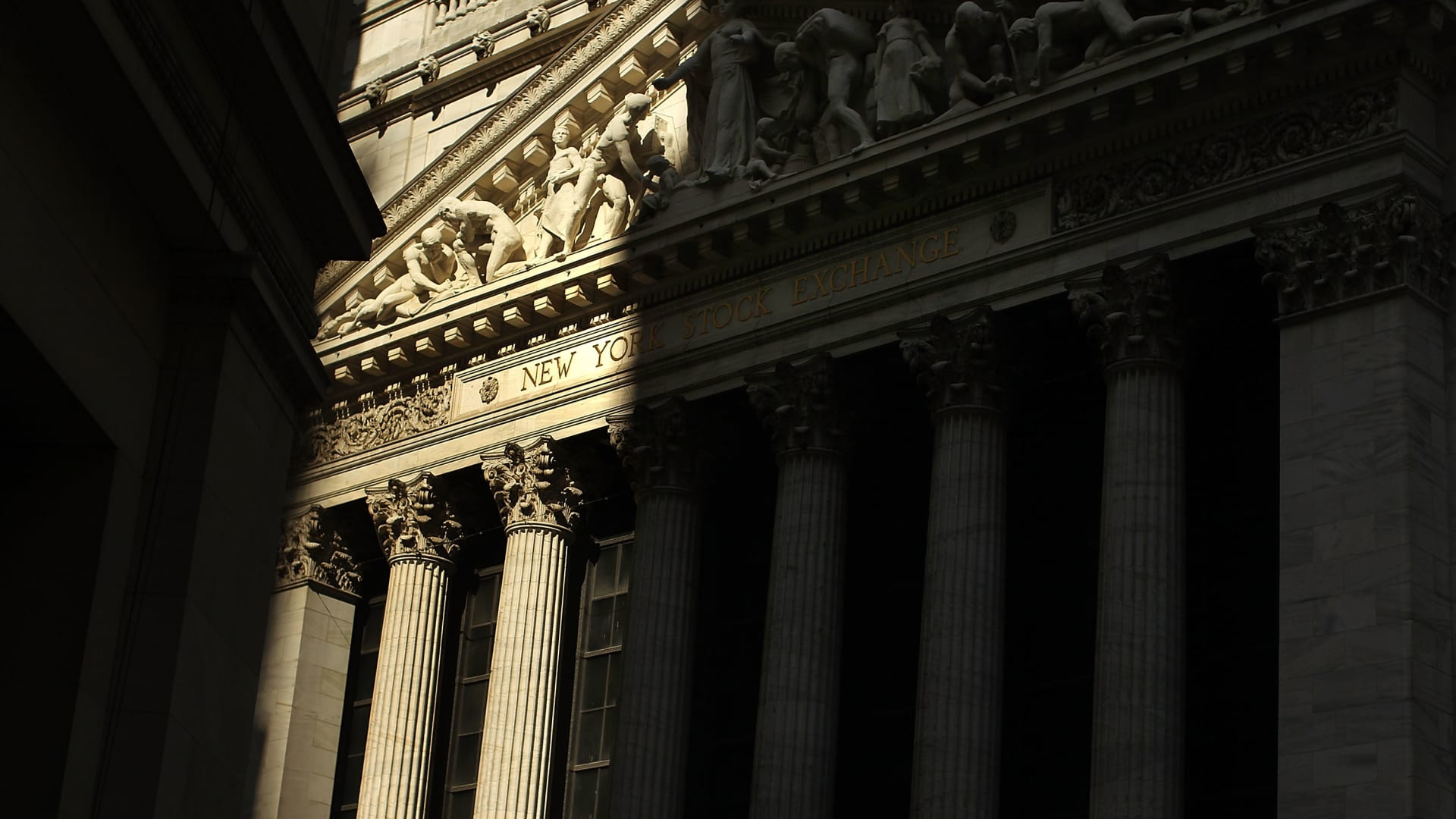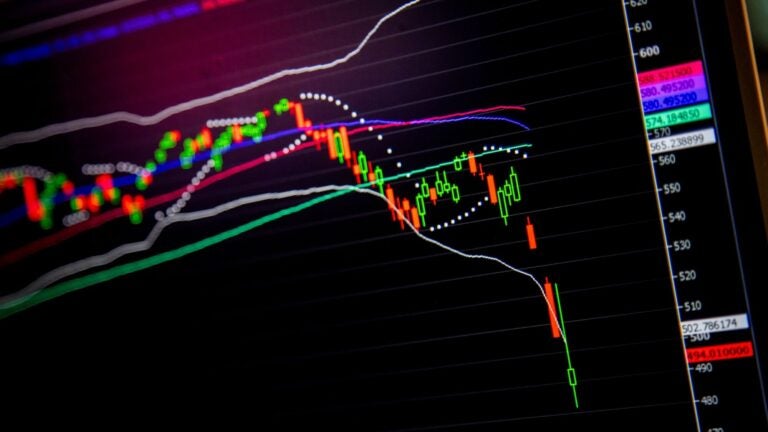The Federal Reserve’s decision to cut interest rates this week was a surprise to … well, nobody. The US central bank, like many of its peers, had telegraphed the decision for weeks as it made inroads containing inflation and now seeks to prevent a wider slowdown in the economy. Even for an institution marked by its independence, the timing is a bit awkward. The Fed’s first rate cut in four years arrived near the climax of a US presidential contest that may hinge on how voters feel about the economy as they express exasperation with higher prices and the higher borrowing costs helping bring inflation to heel. “The risk is that cutting rates will improve the economy and it will look to a lot of people, a lot of bystanders, a lot of lay people, like the Fed is trying to improve the economy before the election to help one of the candidates win,” says Christina Parajon Skinner, an associate professor at the Wharton School. Also notable, the Fed went big, opting for a jumbo-sized half-point reduction instead of a more modest 25-basis-point move. Now, for Fed watchers and traders, the question is what’s next.
The Fed’s projections — known as the dot plot — show only a narrow majority favor lowering rates by at least an additional half-point this year. All of this is part of the Fed’s plans to bring the US economy in for that coveted soft-landing, defeating pandemic-spurred inflation once and for all without a big hit to the labor market. Of course, either political party should be happy for the achievement — but this is politics and there are plenty of other potential bumps in the road. “The reddest light is the deficit, which is now 6% of gross domestic product,” writes Adrian Wooldridge for Bloomberg Opinion. “At some point the markets are likely to intervene and administer a painful electric shock.”


